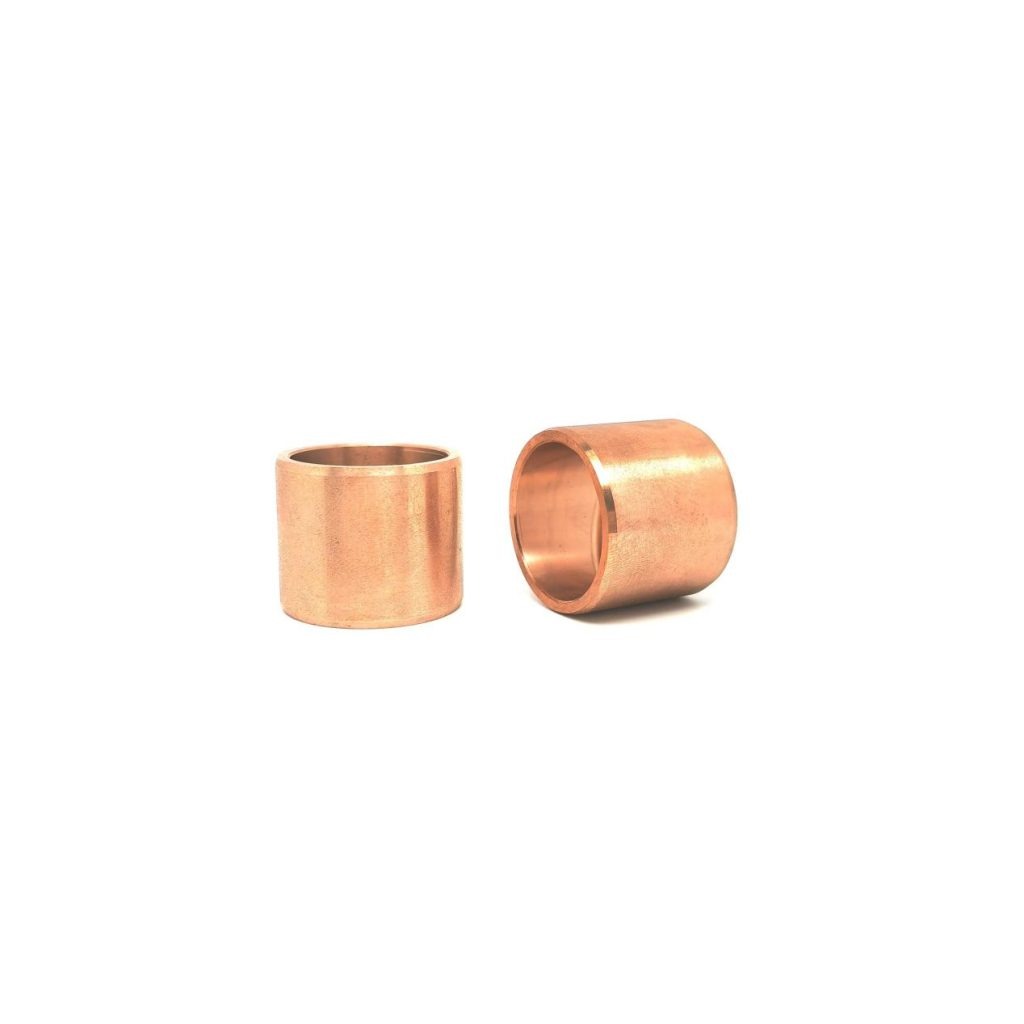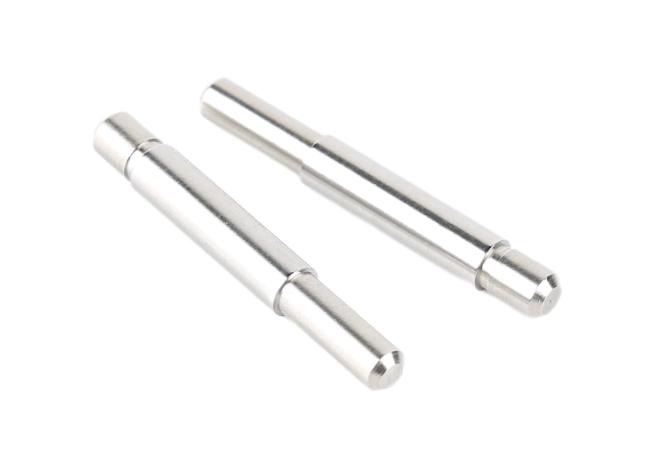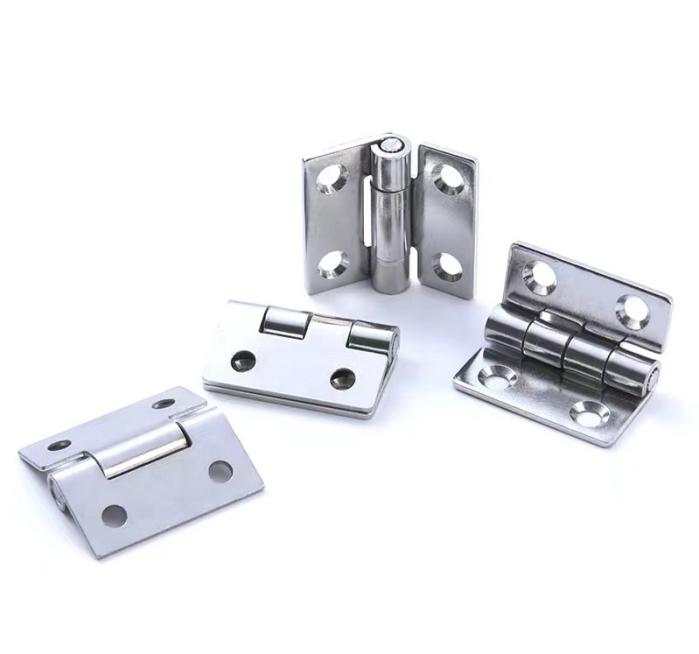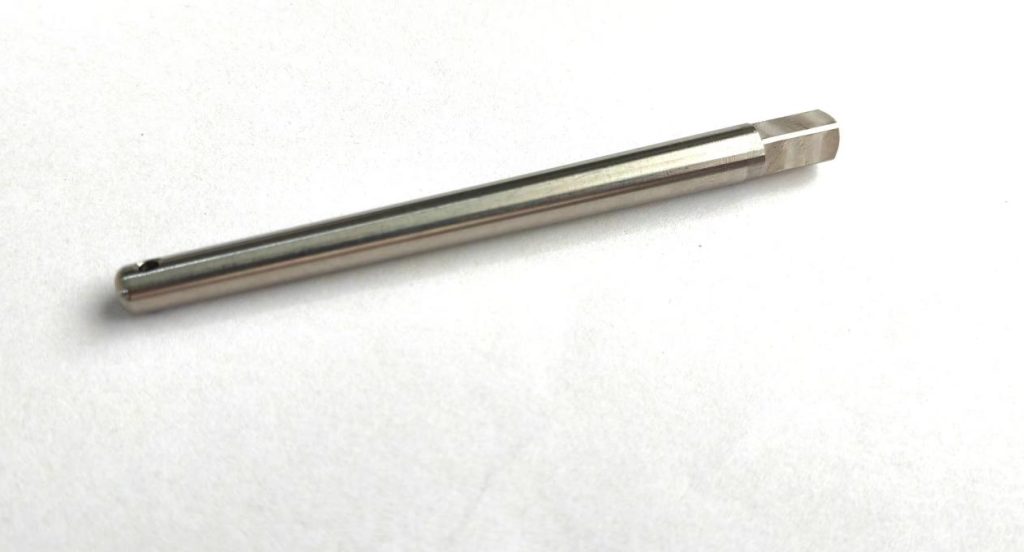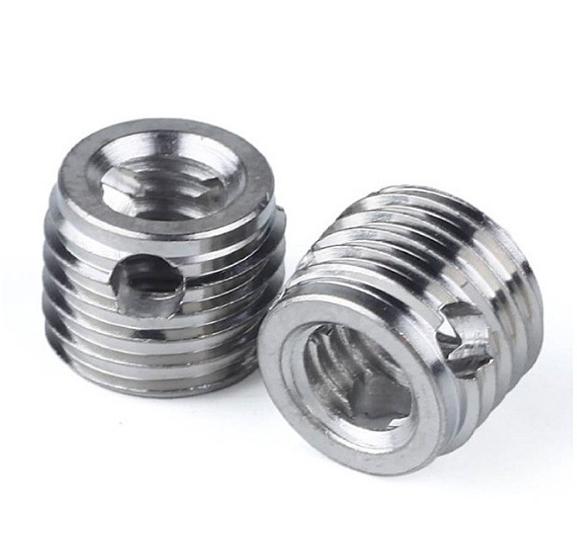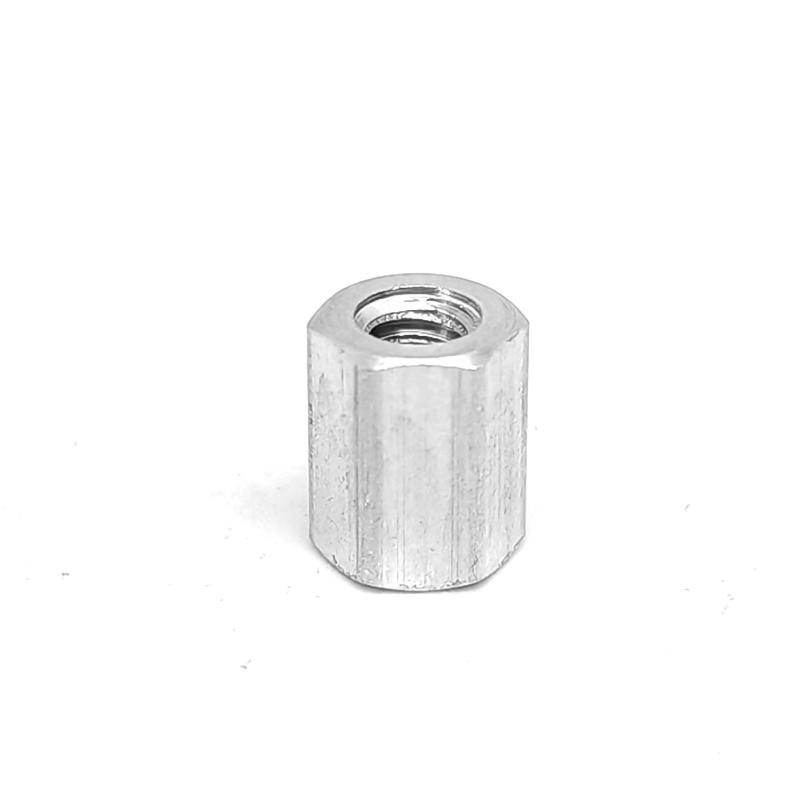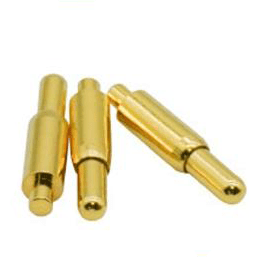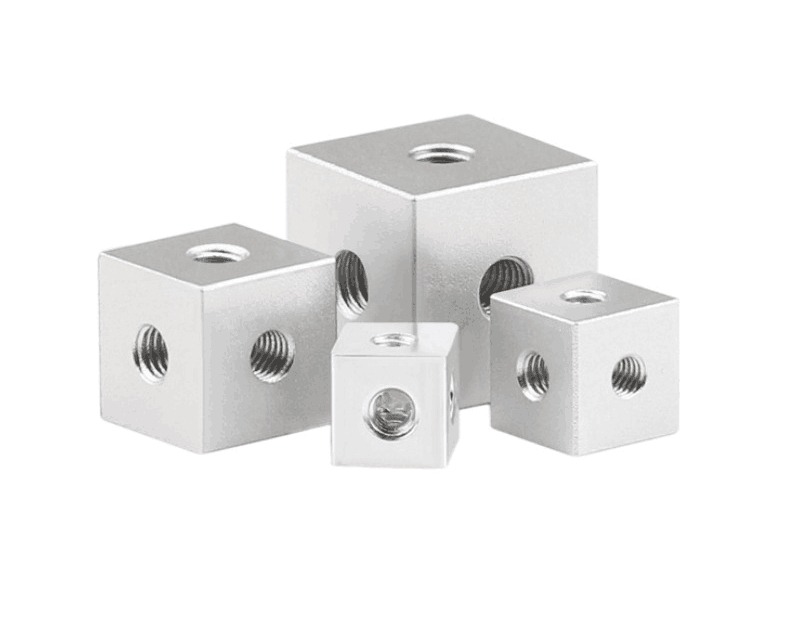Innovative Machining Strategies in CNC Milling
Over the years, advancements in technology have continually transformed CNC milling, ushering in innovative strategies that redefine the manufacturing landscape. These strategies not only enhance traditional machining processes but also unlock new capabilities, paving the way for unprecedented levels of efficiency and accuracy. In this article, we’ll explore some of the most innovative machining strategies in CNC milling that are revolutionizing the industry.
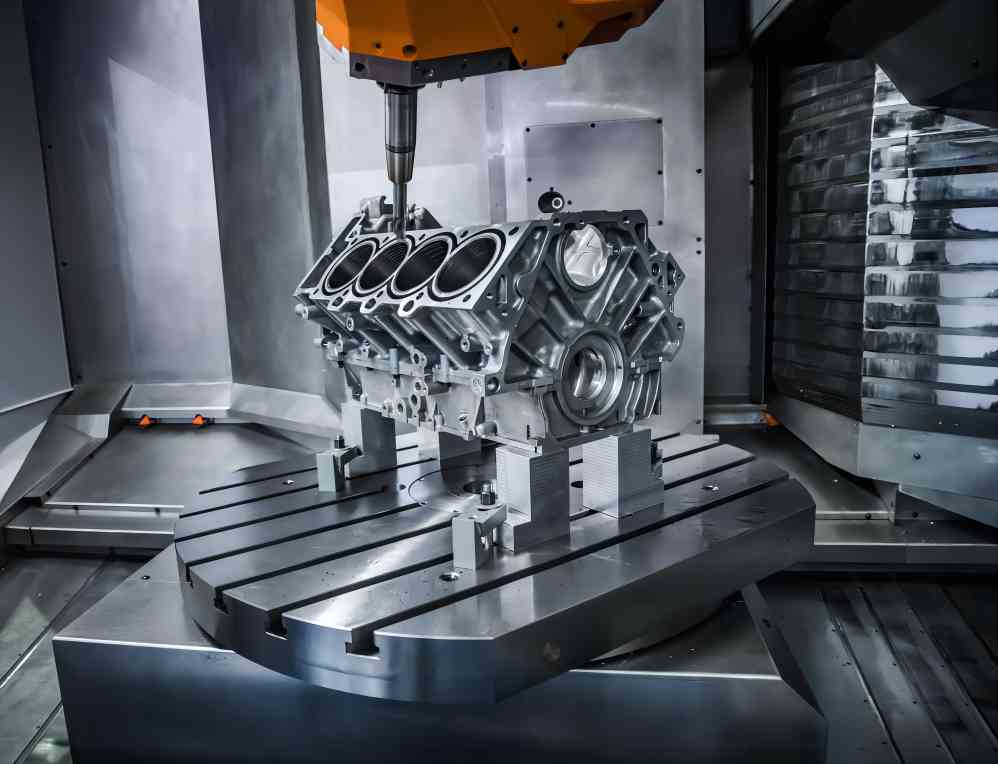
Understanding the Traditional Machining Practices in CNC Milling
1. Tool Path
Traditional machining in CNC milling often involves using standard toolpaths such as linear, circular, or helical motions. These CNC toolpaths are programmed into the CNC machine’s controller and guide the movement of the cutting tool along the workpiece.
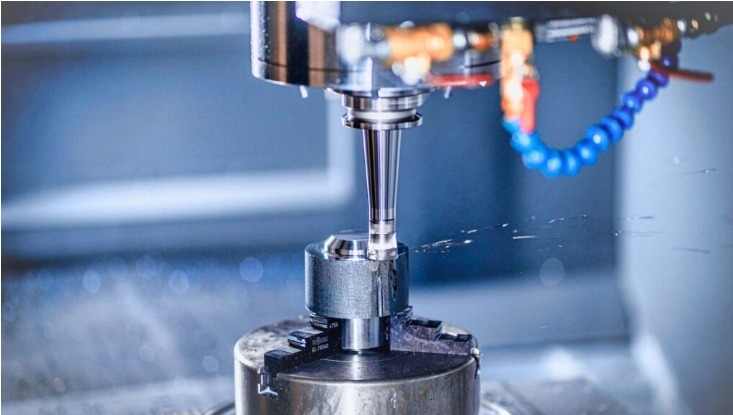
2. Material Removal Rate
The material removal rate in traditional CNC milling is typically moderate, as it depends on factors such as the cutting speed, feed rate, and depth of cut. These parameters are set based on the material being machined and the desired surface finish.
3. Tool Wear
Tool wear is a concern in traditional CNC milling, especially during prolonged machining operations. Constant tool engagement can lead to wear and eventual tool failure, necessitating periodic tool changes and maintenance.
4. Surface Finish
Achieving the desired surface finish often requires additional finishing operations such as sanding, polishing, or deburring. Traditional machining methods may produce rougher surfaces compared to more advanced techniques.
5. Chip Control
Controlling chip formation and evacuation is essential in traditional CNC milling to prevent chip buildup, tool damage, and surface defects. This is typically achieved through the proper selection of cutting parameters and coolant application.
6. Complexity
Traditional machining methods in CNC milling are suitable for simpler geometries and features. Complex shapes and intricate details may require multiple setups or manual intervention to achieve the desired result.
7. Flexibility
While CNC milling offers a degree of flexibility compared to manual milling, traditional machining practices may still be relatively rigid and less adaptable to changing machining conditions.
8. Precision
The precision of traditional machining in CNC milling depends on factors such as machine accuracy, tool geometry, and cutting parameters. While CNC machining technology enables precise control over tool movement, achieving tight tolerances may require additional setup and optimization.
9. Lead Time
Traditional machining processes in CNC milling may have longer lead times compared to more innovative techniques, as they often involve sequential operations and manual adjustments.
10. Setup Time
Setting up traditional machining operations in CNC milling can be time-consuming, requiring careful alignment of tools, workpieces, and fixtures. Minimizing setup time is crucial for maximizing productivity and efficiency.
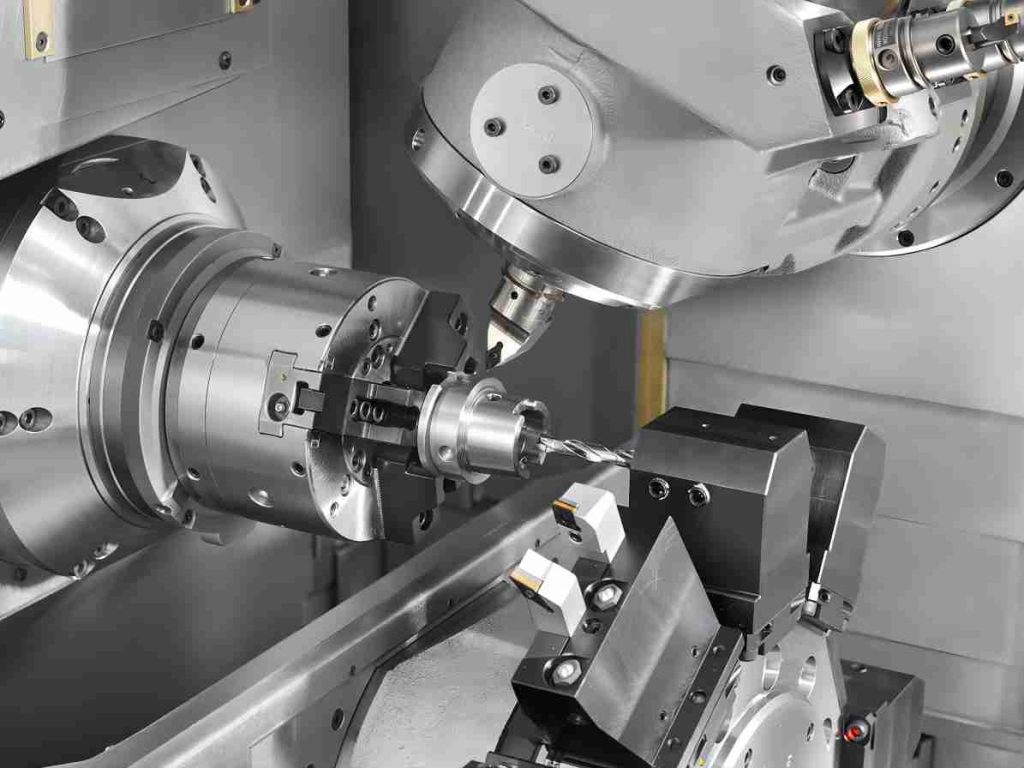
Innovative Machining Strategies in CNC Milling
1. High-Speed Machining (HSM)
High-Speed Machining (HSM) represents a significant leap forward in CNC milling technology. By utilizing specialized tooling and optimized cutting parameters, HSM achieves remarkable material removal rates while maintaining exceptional surface finishes. The key to HSM lies in its ability to leverage high spindle speeds and cutting feeds, coupled with advanced tool geometries and coatings, to efficiently remove material at a rapid pace. This strategy is particularly advantageous for applications requiring tight tolerances, intricate geometries, and short lead times.
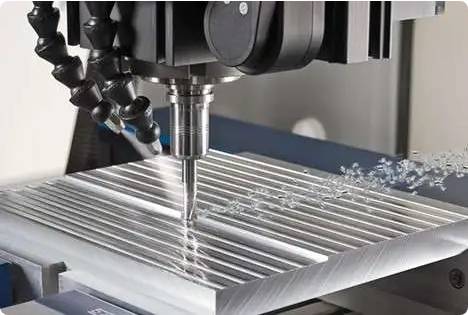
2. Adaptive Machining
Adaptive Machining introduces a dynamic element to CNC milling, allowing the process to adapt in real-time to changing conditions. Through the use of sensors, monitoring systems, and advanced algorithms, adaptive machining optimizes cutting parameters based on factors such as tool wear, material properties, and machine dynamics. By continuously adjusting feed rates, spindle speeds, and tool paths, adaptive machining maximizes efficiency, minimizes tool wear, and ensures consistent part quality throughout the production process. This adaptive approach is particularly beneficial for complex parts, variable material properties, and long machining cycles.
3. Trochoidal Milling
Trochoidal milling represents a departure from traditional linear toolpaths, offering a more efficient and effective way to remove material. Instead of following straight paths, trochoidal milling utilizes small, overlapping circular arcs to engage the workpiece. This innovative strategy reduces cutting forces, minimizes tool wear, and improves chip evacuation, resulting in smoother surface finishes and extended tool life. Trochoidal milling is well-suited for applications involving hard-to-machine materials, thin-walled parts, and delicate features, where conventional cutting methods may be less effective.
4. 5-Axis Machining
5-Axis CNC Machining has emerged as a game-changer in CNC milling, offering unparalleled versatility and precision. Unlike traditional 3-axis milling, which is limited to linear movements along the X, Y, and Z axes, 5-axis machining introduces additional rotational axes, allowing for complex part geometries to be machined from multiple angles. This flexibility eliminates the need for multiple setups and fixtures, reducing production time and costs. 5-axis machining is ideal for aerospace, automotive, and medical industries, where intricate shapes, contours, and undercuts are common requirements.
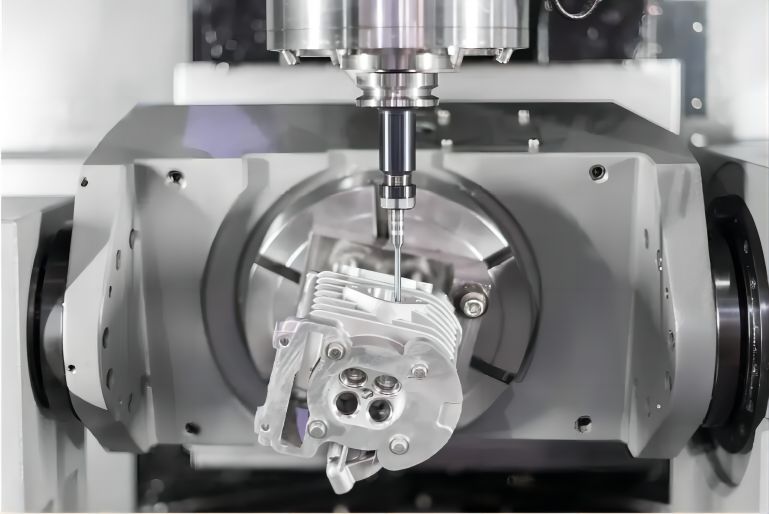
5. Hybrid Machining
Hybrid Machining combines the strengths of additive and subtractive manufacturing processes, offering a synergistic approach to part production. By integrating CNC milling with technologies such as laser deposition or powder bed fusion, hybrid machining enables the fabrication of complex, multi-material components with enhanced accuracy and efficiency. This hybridization allows manufacturers to leverage the benefits of both processes, such as the precision of CNC milling and the design freedom of additive manufacturing, to create parts that were previously difficult or impossible to produce. Hybrid machining is revolutionizing industries such as tooling, aerospace, and medical devices, where customization, performance, and time-to-market are critical factors.
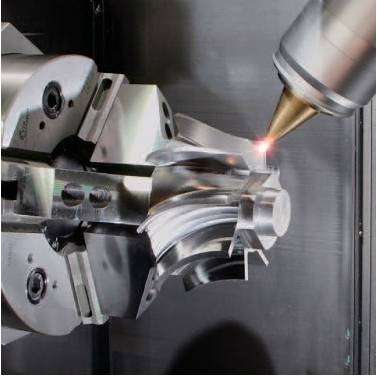
A Comparison Between Traditional Machining and Innovative Machining in CNC Milling
Here’s a comparison chart between traditional machining and innovative machining in CNC milling specifically.
| Aspect | Traditional Machining in CNC Milling | Innovative Machining in CNC Milling |
| Tool Path | Predominantly linear or circular paths, fixed | Dynamic toolpaths, adaptive to real-time data |
| Material Removal Rate | Moderate, limited by tool and feed rates | High-speed machining achieves rapid material removal |
| Tool Wear | Higher due to constant tool engagement | Reduced through adaptive strategies and tool coatings |
| Surface Finish | May require secondary finishing operations | Superior surface finishes achieved directly |
| Chip Control | Standard chip evacuation techniques used | Enhanced chip evacuation strategies, reduced rework |
| Complexity | Limited to simpler geometries | Capable of machining complex, intricate designs |
| Flexibility | Limited adaptability to changing conditions | Adaptive machining adjusts parameters in real-time |
| Precision | Longer setup times are required for each operation | Consistent, high precision due to adaptive control |
| Lead Time | Longer due to sequential operations | Shortened due to simultaneous multi-axis machining |
| Setup Time | Longer setup times required for each operation | Reduced setup times with multi-axis and adaptive setups |
| Tool Life | Tool life may be shorter due to constant use | Extended tool life through adaptive toolpath control |
| Energy Efficiency | Standard machining may consume more energy | Optimization of cutting parameters for efficiency |
| Waste Reduction | Material waste may be higher | Minimized material waste through adaptive strategies |
| Application Range | Suitable for basic parts and materials | Versatile, applicable to a wide range of materials and geometries |
| Cost | Lower initial investment, but higher operating costs | Higher initial investment, but lower operating costs |
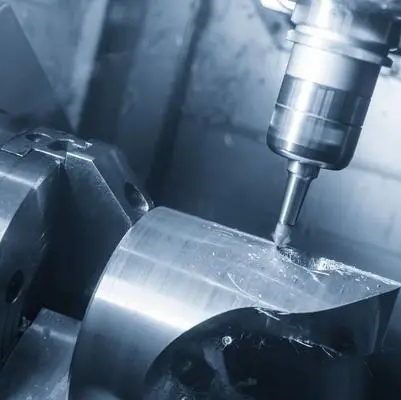
Conclusion
Innovative machining strategies in CNC milling are driving significant advancements in manufacturing efficiency, precision, and versatility. As industries continue to evolve and demand ever-more complex and high-quality CNC components, the adoption of these innovative machining techniques will be crucial in driving forward progress and shaping the future of CNC milling.

